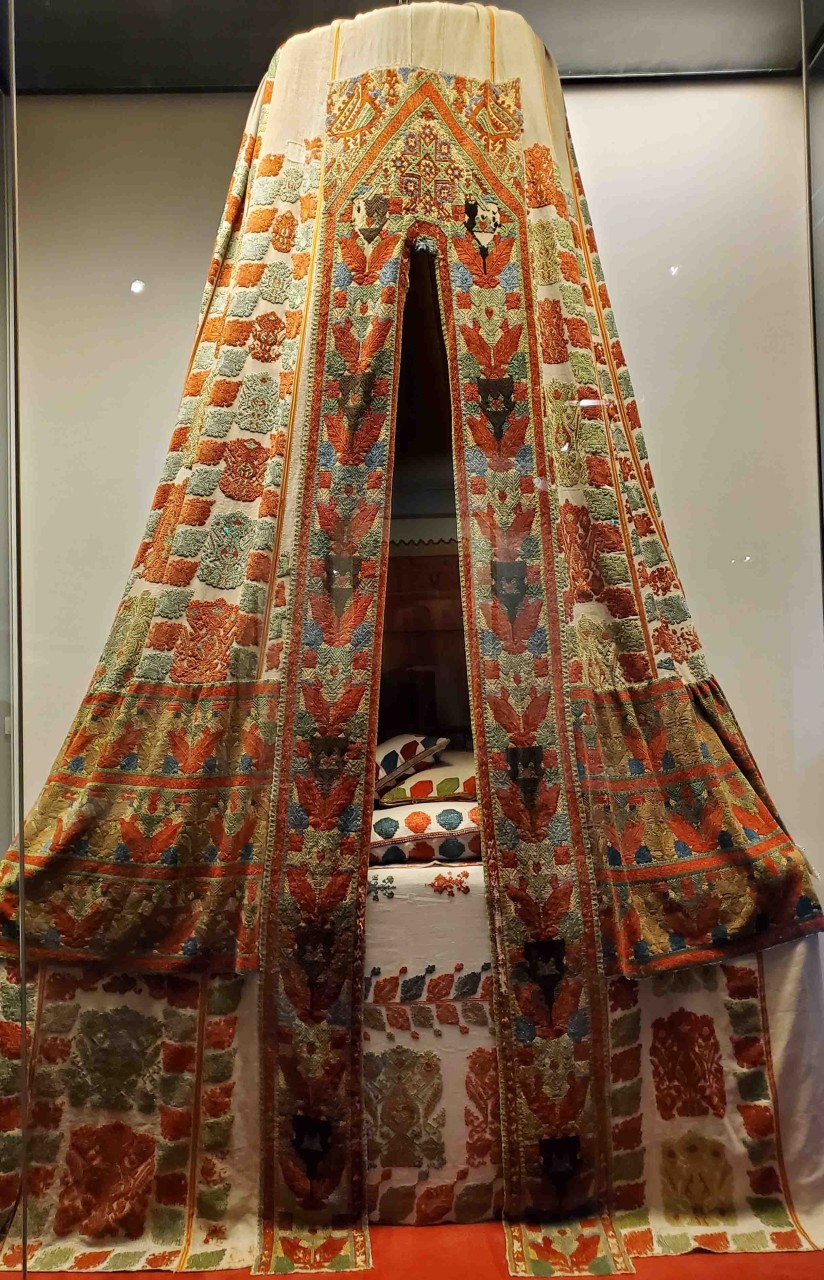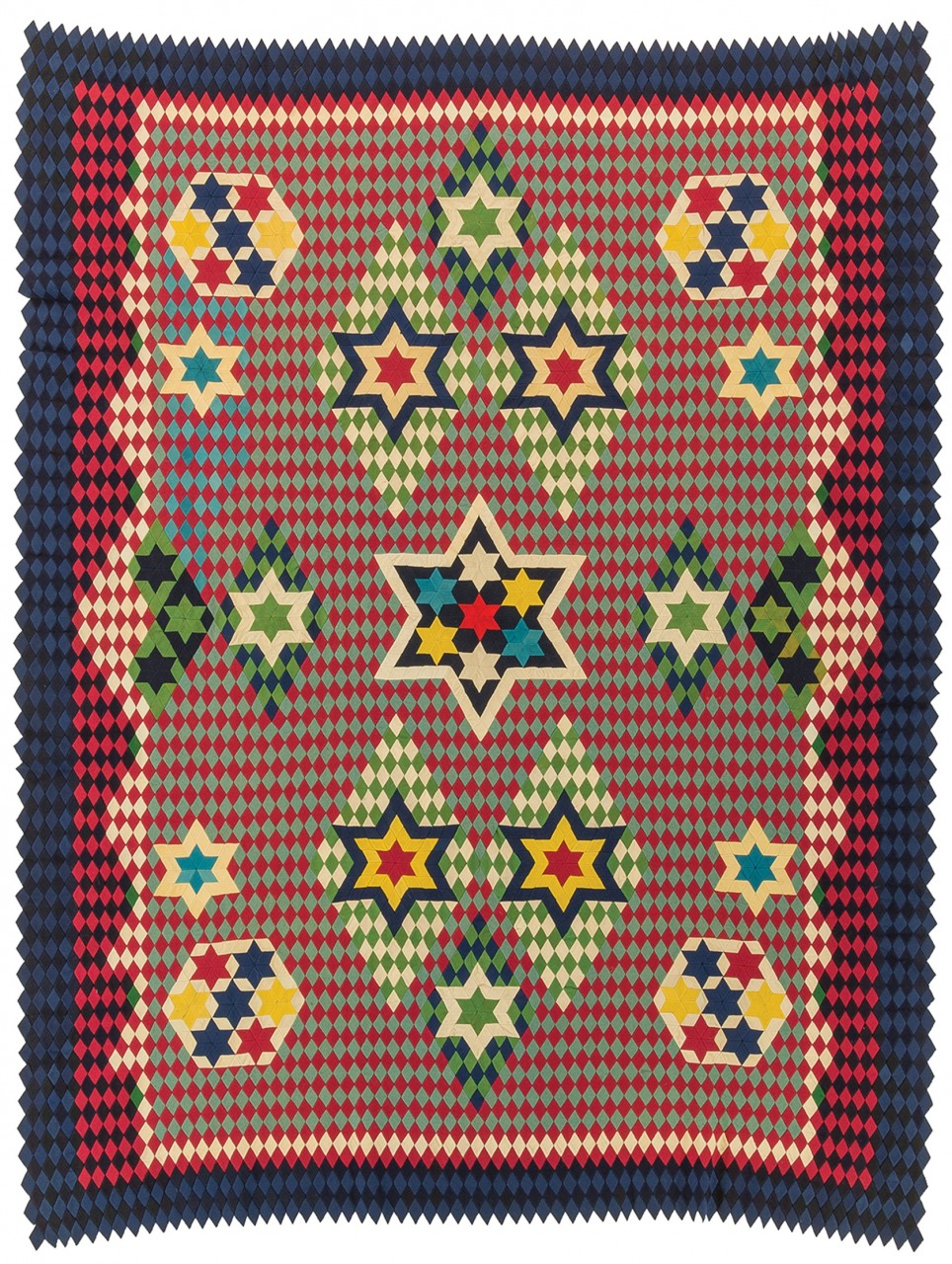
This is our final blog on the American Military Textiles, and it focuses on the pictorial style. To date three pictorial American Military textiles have been uncovered. The earliest is a table cover from Vevay, Indiana and depicts events from the founding of Vevay by Swiss immigrants. Research on this table cover is what inspired research into this group of textiles. Initially added to the Poos Collection in 2015, we connected with Annette Gero for guidance on this pictorial. Annette immediately identified the two panels associated with the story of Wilhelm Tell. From there, The Triplett Sisters continued the hunt to find an early Swiss Colony in America which matched the 41 different scenes detailed in the table cover. For detailed information on this textile please see our book “Hidden Treasures” at this link. The Civil...





